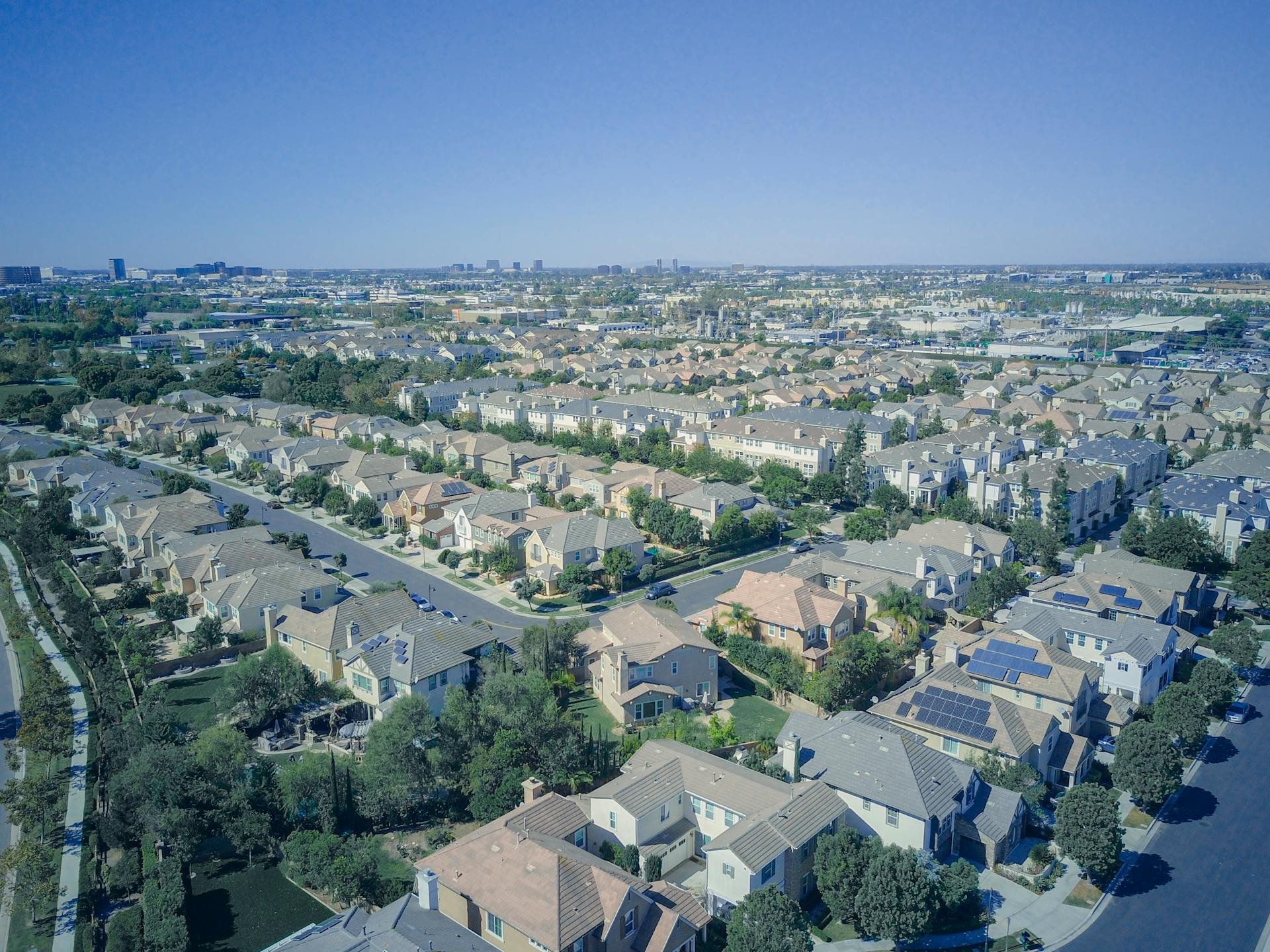Australia’s diverse climate necessitates homes that maintain comfort without excessive energy use. Passive solar design addresses this by utilising solar gains and thermal storage while minimising unwanted heat.
Key strategies include orienting living spaces and large windows to the north, sizing and positioning eaves and shading devices to admit winter sun but block summer rays, and integrating thermal mass materials like concrete slabs to absorb and release heat.
When paired with effective insulation, airtightness and natural ventilation, these measures can slash reliance on active heating and cooling systems, delivering year-round thermal comfort and lower energy bills.
Orientation and glazing for solar access
A well-oriented home prioritises north-facing living areas and windows. This maximises solar access in winter while allowing for cross-ventilation in summer.
In temperate climates like Sydney and Melbourne, north-facing glazing should have a high Solar Heat Gain Coefficient (SHGC) to maximise winter sun. In subtropical Brisbane, using shaded north-facing windows with a moderate SHGC (around 0.5) helps balance heat gain and insulation.
Fixed shading — usually eaves or pergolas — blocks intense summer sun, then admits winter rays when the sun sits lower in the sky. Correctly dimensioned eaves require just the building’s latitude and window height to calculate optimal overhang.
Thermal mass and phase-change materials
Thermal mass stores heat during the day and releases it at night, smoothing temperature swings. Common mass materials include concrete slabs, brick walls, or specially designed water-filled containers. Reverse brick veneer construction, utilised in some coastal Queensland homes, positions brick linings on the interior side to enhance thermal storage while maintaining external insulation.
Where conventional mass is impractical — such as in elevated timber homes — phase-change materials (PCMs) offer a lightweight alternative. PCMs in walls or ceilings can store and release heat, reducing temperature swings. Research shows PCMs in building envelopes cut heating loads by up to 50%.
Insulation, airtightness and ventilation
High-performance insulation in walls, roofs, and floors reduces unwanted heat transfer. The National Construction Code specifies minimum R-values based on climate zones; for instance, R5.0 for ceilings in cooler climates.
Airtight construction stops warm or cool air infiltrating through gaps. Strategic use of controlled ventilation — such as ceiling fans, operable windows and solar chimneys — then expels hot air in summer and draws in cool breezes at night.
In Brisbane’s humid environment, night-purge ventilation is especially effective. Opening windows and fans after sunset flushes out accumulated heat, readying thermal mass for the next day’s solar uptake.
Integrating passive design in practice
Passive solar principles suit new builds and retrofits alike. The Australian Government’s Your Home guide offers detailed construction advice, including eave calculations and mass placement.
Architects and designers across Australia are proving that passive solar principles — such as north-facing orientation, effective glazing, thermal mass, and airtight construction — can dramatically reduce the need for both heating and cooling in homes.
Emerging technologies, such as adaptive shading and advanced thermal materials, are also being explored to further enhance comfort and energy efficiency. These innovations promise to help homes stay comfortable year-round while adapting smoothly to Australia’s wide range of climates and seasonal shifts.
Engineering is everywhere
Engineering shapes our world, influencing every aspect of our lives: housing, transport, food and drink, technology and communication, art and entertainment, the news media, health, education, finance, and more. Follow this blog series as we continue to explore.
